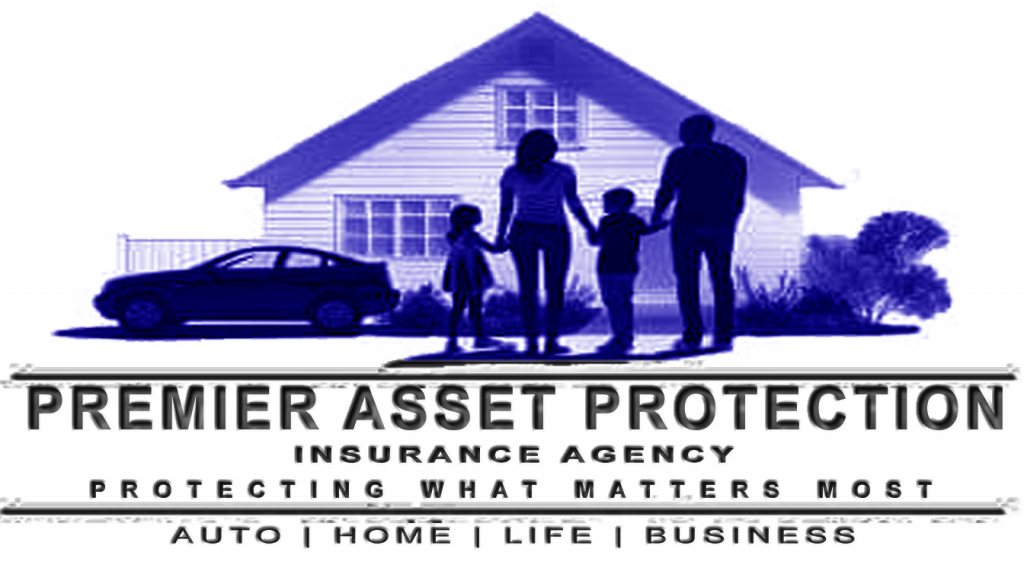Personal Property Coverage is a key component of a homeowners insurance policy that helps protect your personal belongings from loss, theft, or damage. It covers items within your home, including furniture, electronics, clothing, and appliances. This coverage extends to personal property inside your home as well as certain items outside your home, such as belongings in a shed or garage.
Key Features of Personal Property Coverage:
- What It Covers:
- Personal Property: This includes items like:
- Furniture
- Clothing
- Electronics (e.g., TVs, computers, smartphones)
- Appliances (e.g., refrigerators, washers, and dryers)
- Jewelry, art, and collectibles (though high-value items may have limited coverage, often requiring additional coverage)
- Tools, sports equipment, and other personal belongings
- Off-Premises Coverage: Personal property coverage can also apply to items that are outside your home but still owned by you. For instance, it can cover personal belongings stolen from your car or damaged while traveling (typically up to a certain limit, like 10% of the policy’s personal property coverage).
- Personal Property: This includes items like:
- Covered Perils:
- Personal property is generally covered against a range of perils (damaging events), such as:
- Fire
- Theft
- Vandalism
- Water damage (but typically not from floods)
- Windstorms or hail
- Explosion
- Falling objects (like trees or debris)
- Exclusions: Some types of damage or loss may not be covered, such as damage from floods, earthquakes, or intentional acts. Separate coverage or additional riders may be needed for these risks.
- Personal property is generally covered against a range of perils (damaging events), such as:
- Replacement Cost vs. Actual Cash Value:
- Replacement Cost: Pays the full amount it costs to replace or repair your personal property with new items of similar quality and value, without accounting for depreciation. This is generally more beneficial because it helps you replace your belongings with new ones.
- Actual Cash Value (ACV): Pays for the replacement cost of your personal property minus depreciation. This means you’ll receive a lower payout for older items because the value of the item has decreased over time.
- Replacement cost coverage usually results in higher premiums but offers better protection, especially for valuable or newer items.
- Policy Limits:
- Personal property coverage is subject to a policy limit, which is the maximum amount your insurer will pay for a covered loss. This limit is often a percentage of the dwelling coverage (for example, 50-70% of your home’s coverage amount).
- If you have a high-value collection or expensive personal items, you may need to increase your coverage or add riders to ensure full protection.
- High-Value Items and Special Coverage:
- Some high-value items may have coverage limits under a standard policy. For instance, jewelry, art, and collectibles often have limits (e.g., $1,500 for jewelry).
- Riders or Endorsements: To fully cover these high-value items, you can add a rider or endorsement to your policy, which increases coverage specifically for these items and ensures they are replaced at their full value.
- Deductible:
- Personal property claims are typically subject to the deductible of your home insurance policy. For example, if your deductible is $1,000 and you file a claim for a loss of $5,000 in personal property, you would pay the first $1,000, and the insurance would cover the remaining $4,000.
- Filing a Claim:
- If your personal property is damaged or stolen, you’ll need to file a claim with your insurance company. The insurance company will assess the damage, determine the replacement cost or actual cash value, and issue a payout based on the terms of your policy.
- You may need to provide documentation, such as photos or receipts, to prove ownership and value.
Example Scenario:
Imagine your house is damaged by a fire, and the fire destroys much of your personal property, including furniture, electronics, and clothing. If you have replacement cost coverage, your insurance will pay for the full replacement value of those items, meaning you can purchase new replacements for what was lost, up to the coverage limit. On the other hand, if you have actual cash value coverage, you’ll receive a payout based on the depreciated value of the items. For example, a five-year-old television would be reimbursed at its current market value, not the cost of a new one.
Why You Need Personal Property Coverage:
- Protection from Loss: If your personal belongings are stolen or damaged by a covered event, this coverage helps you recover the costs to repair or replace them.
- Comprehensive Coverage: It covers a wide range of personal items in and around your home, including items you take outside, like luggage or personal electronics.
- Peace of Mind: Knowing that your personal property is protected gives you peace of mind and financial security in case of an unexpected loss.
Conclusion:
Personal Property Coverage is an essential part of homeowners insurance that protects your belongings from loss or damage due to various risks, such as theft, fire, and vandalism. It provides a safety net for your furniture, electronics, clothing, and other personal items. Be sure to check the limits of your policy and consider adding riders for high-value items to ensure you’re fully covered in case of a loss.

